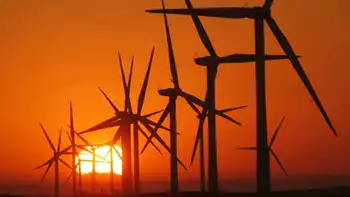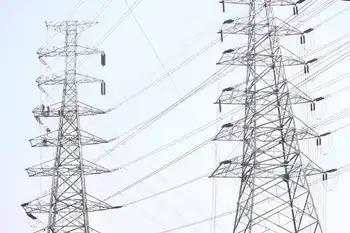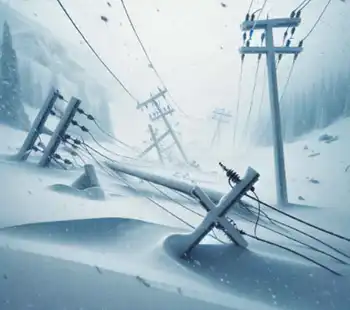Opposition to energy projects hurting jobs
By CommodityOnline
Substation Relay Protection Training
Our customized live online or in‑person group training can be delivered to your staff at your location.

- Live Online
- 12 hours Instructor-led
- Group Training Available
In America we call it "NIMBY" - "not in my back yard."
It applies to all kinds of infrastructure construction, from airports to roads. But it is electric and gas utilities that feel the brunt of local opposition.
These localized forces of "no" have caused the buildup of a substantial backlog of infrastructure projects, not only for sexy green-energy technologies but also for the traditional needs of energy production and distribution — pipelines, power lines, replacement of aging equipment and the construction of new facilities to meet new loads and move the energy infrastructure into the 21st century.
It also includes old-fashioned technology — meters, switches, transformers — to get new green electricity to the consumer.
A new study, from a group advocating upgrading energy facilities, says the pent-up need for utilities to start these projects is so great that if the impediments can be dealt with, 250,000 jobs can be created almost immediately, without action from Congress or a raid on the federal treasury.
The group, Build America Now, is headed by a veteran utility consultant Steven Mitnick, who has advised the governor of New York, headed his own electric transmission company, and was a senior strategist in the electric and gas practice of McKinsey & Co., the consulting firm.
According to Mitnick, the backlog buildup in the utility sector could be a bonanza for the Obama administration. He calculates that if the Gulliver of energy projects can be freed from the Lilliputian ties of local regulatory opposition, unemployment would be reduced by two-tenths of 1 percent. Not inconsiderable.
Mitnick told me the beauty of pushing these utility projects is that they would be financed by the utilities and "they really are shovel-ready." Whereas Obama's much-discussed green jobs will one day pay off, Mitnick believes these more traditional jobs — which he calls "backbone" jobs — are in the starter's gate.
The study provides lists of utilities and gas companies and their projects that stretch across the energy field. In essence, Mitnick is saying that there are jobs in energy here and now and that they deserve a political shove, especially at the state level.
Here are some examples:
• In Minnesota, five transmission lines have been proposed, creating 7,800 jobs.
• In New Jersey, Spectra Energy has proposed to build a gas pipeline, creating 700 new jobs.
• In Texas, Panda Energy is building a power plant using natural gas, creating 500 jobs.
• In Colorado, Xcel Energy is retiring some coal-fired plants, installing pollution-control equipment in others and building new natural gas plants, creating 1,254 jobs.
The biggest job growth by far is associated with shale gas in the states of New York, Pennsylvania and West Virginia: a whopping 165,000 jobs.
When I asked Mitnick why these projects and others have been allowed to back up, he calculated that naysayers, the NIMBY folk, had swarmed state regulators for years, forcing the companies into defensive inaction.
But the midterm elections may have changed all that.
"Governors and state legislators were elected to put job-creation and economic development as priority No. 1," Mitnick said. Therefore, in the new climate, opponents of growth can be reasoned with or sidestepped when jobs are at stake.
"The governors simply need to get the word out to state regulators that the world has changed and regulators need to make job-creation and economic growth part of the equation," Mitnick said.
So it is back to the future, according to Mitnick, who taught economics at Georgetown University early in his career.
"Throughout the 20th century, utilities and energy companies were engines of growth because they could efficiently finance infrastructure growth," he said.
Will an explosion of energy infrastructure jobs push up utility bills? Not much, Mitnick said, because most of an energy bill is for fuel and taxes. Besides, there would be an efficiency premium for the consumer, he added.
The idea here is not that it is green vs. brown, but now vs. later.











